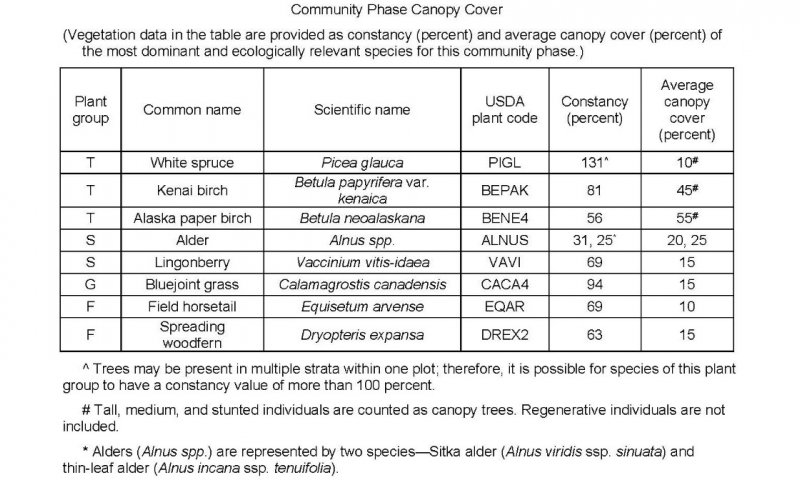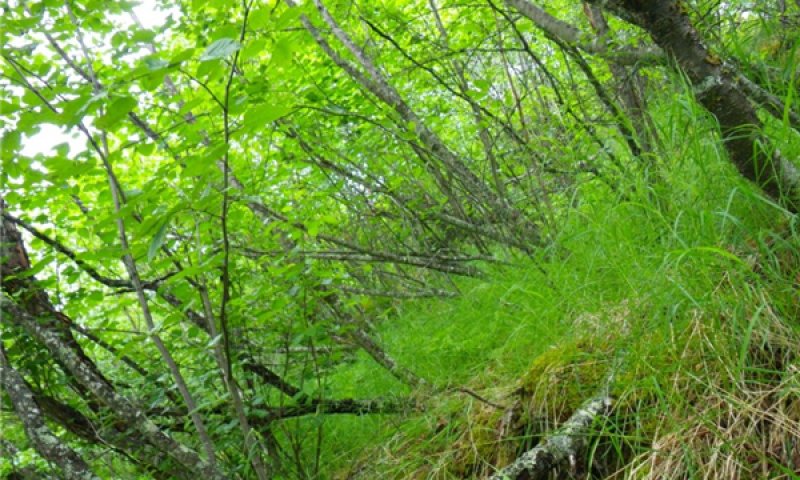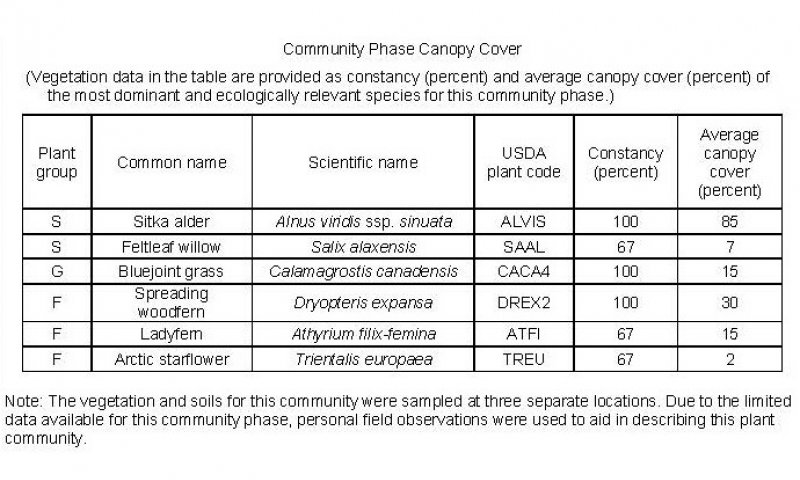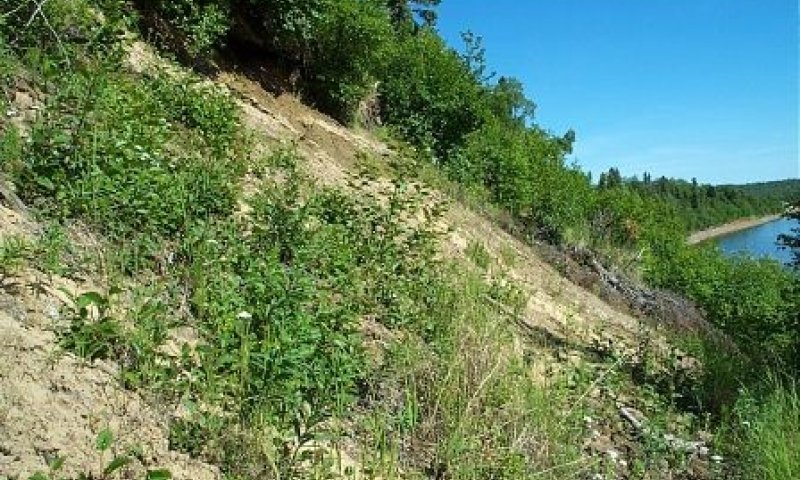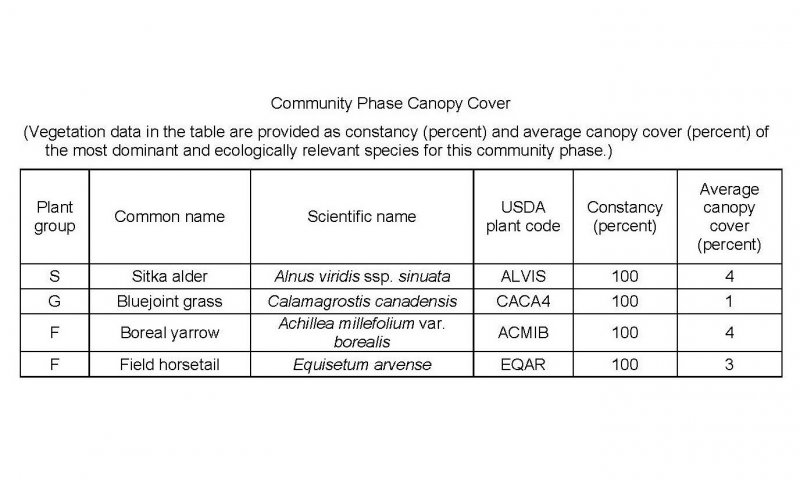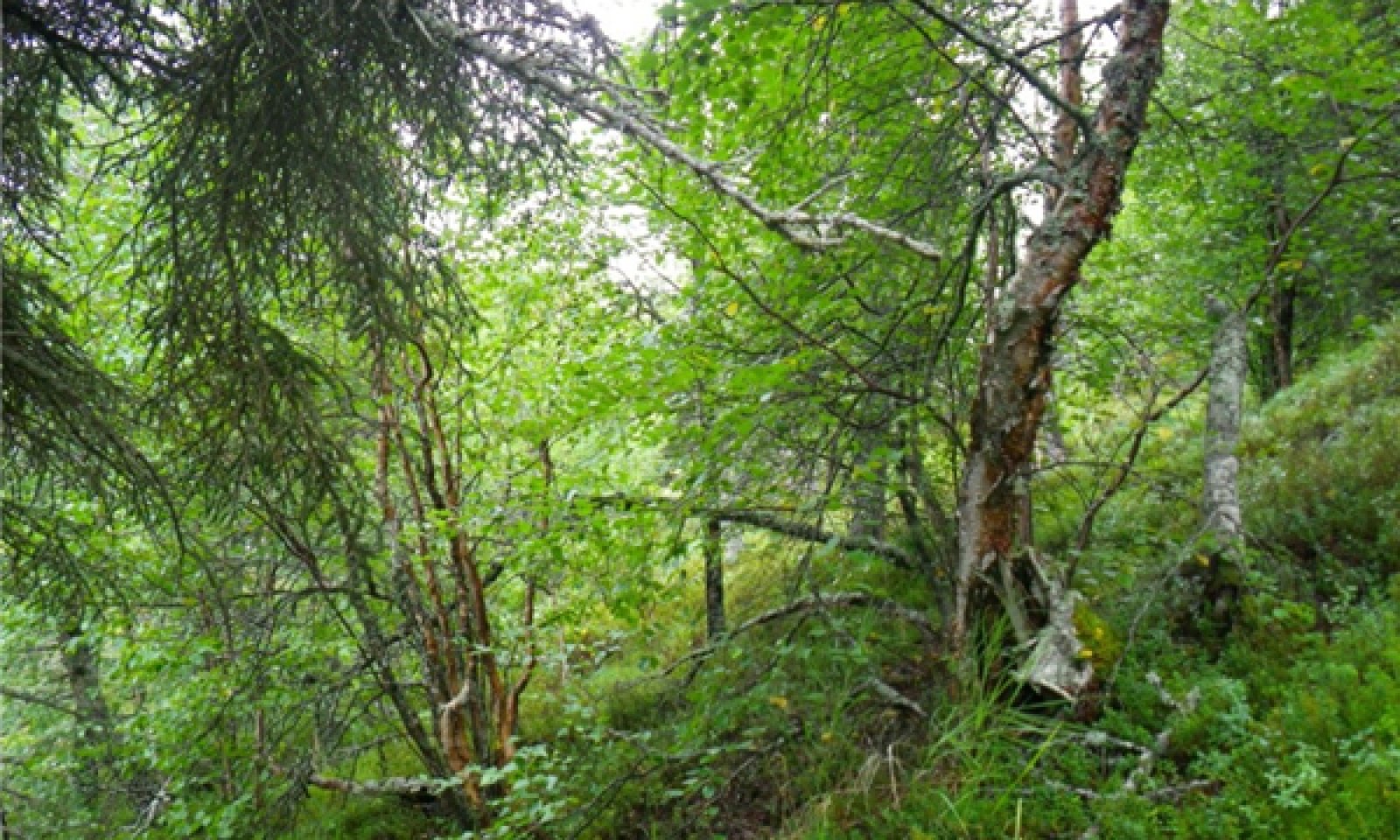

Natural Resources
Conservation Service
Ecological site F236XY113AK
Boreal Forest Loamy Steep Slopes
Last updated: 2/13/2024
Accessed: 12/22/2025
General information
Provisional. A provisional ecological site description has undergone quality control and quality assurance review. It contains a working state and transition model and enough information to identify the ecological site.
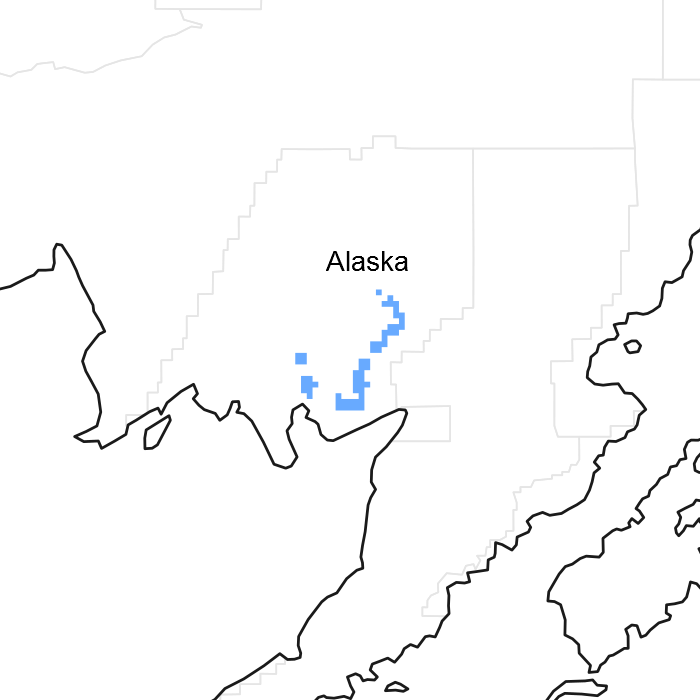
Figure 1. Mapped extent
Areas shown in blue indicate the maximum mapped extent of this ecological site. Other ecological sites likely occur within the highlighted areas. It is also possible for this ecological site to occur outside of highlighted areas if detailed soil survey has not been completed or recently updated.
MLRA notes
Major Land Resource Area (MLRA): 236X–Bristol Bay-Northern Alaska Peninsula Lowlands
The Bristol Bay-Northern Alaska Peninsula Lowland Major Land Resource Area (MLRA 236) is located in Western Alaska. This MLRA covers approximately 19,500 square miles and is defined by an expanse of nearly level to rolling lowlands, uplands and low to moderate hills bordered by long, mountain footslopes. Major rivers include the Egegik, Mulchatna, Naknek, Nushagak, and Wood River. MLRA 236 is in the zone of discontinuous permafrost. It is primarily in areas with finer textured soils on terraces, rolling uplands and footslopes. This MLRA was glaciated during the early to middle Pleistocene. Moraine and glaciofluvial deposits cover around sixty percent of the MLRA. Alluvium and coastal deposits make up a large portion of the remaining area (Kautz et al., 2012; USDA, 2006).
Climate patterns across this MLRA shift as one moves away from the coast. A maritime climate is prominent along the coast, while continental weather, commonly associated with Interior Alaska, is more influential inland. Across the MLRA, summers are general short and warm while winters are long and cold. Mean annual precipitation is 13 to 50 inches, with increased precipitation at higher elevations and areas away from the coast. Mean annual temperatures is between 30 and 36 degrees F (USDA, 2006).
The Bristol Bay-Northern Alaska Peninsula MLRA is principally undeveloped wilderness. Federally managed land includes parts of the Katmai and Aniakchak National Parks, and the Alaska Peninsula, Becharof, Togiak and Alaska Maritime National Wildlife Refuges. The MLRA is sparsely populated. Principal communities include Dillingham, Naknek, and King Salmon. Commercial fishing in Bristol Bay and the Bering Sea comprises a major part of economic activity in the MLRA. Other land uses include subsistence activities (fishing, hunting, and gathering) and sport hunting and fishing (USDA, 2006).
Ecological site concept
This boreal site is on linear upland escarpments and bluffs. Slope gradients are steep (30 to 70 percent) and site elevation ranges from sea level to 410 feet. Soils are poorly drained with moderately deep aquic soil conditions and a water table at the start of the growing season. Early growing season understory vegetation is often dominated by water-loving forbs and graminoids. The high slope gradient allows non-wetland species, particularly trees, to colonize these landforms. Erosion is the primary disturbance. Local site and soil factors including soil hydrology, slope, and erosion shape a mixed forest in the reference plant community.
The reference state supports three communities. The reference plant community is characterized as a mixed forest (Viereck et al., 1992). It is composed of birch and white spruce in the canopy with an understory of fast-growing herbaceous species.
Associated sites
| F236XY114AK |
Boreal Forest Loamy Wet, Steep Slopes F236XY114AK is on concave escarpment slopes. Differences in the natural drainage class, runoff potential, and depth to the water table in the soils leads to dissimilarities in the reference states and community phases |
|---|---|
| F236XY115AK |
Boreal Forest Loamy Moist Slopes F236XY115AK describes mixed forests on hillslopes. This landform abuts the bluffs described by F236XY113AK. Differences in site and soil characteristics including slope and rock fragments result in different reference plant communities and disturbance regimes. |
| F236XY139AK |
Boreal Woodland Loamy Rises F236XY139AK describes mixed forests on plain rises and low hill slopes. These landforms abut the bluffs described by F236XY113AK. Differences in site and soil characteristics including slope and drainage class result in different reference plant communities and disturbance regimes. |
| F236XY152AK |
Boreal Forest Volcanic Loamy Swales F236XY152AK describes a woodland community in swales on plains. This landform is spatially linked with the bluffs described by F236XY115AK. These sites are differentiated by slope, landform concavity, soil drainage, and ponding F236Xy152AK, which results in unique reference plant communities. |
Similar sites
| F236XY114AK |
Boreal Forest Loamy Wet, Steep Slopes Both sites are on escarpments. F236XY114AK is associated with wetter soils that support a unique reference plant community. |
|---|
Table 1. Dominant plant species
| Tree |
(1) Betula |
|---|---|
| Shrub |
(1) Alnus |
| Herbaceous |
(1) Calamagrostis canadensis |
Click on box and path labels to scroll to the respective text.
Ecosystem states
State 1 submodel, plant communities
| 1.1a | - | Erosion from landslides or windthrow. |
|---|---|---|
| 1.2a | - | Natural succession: Time and growth without disruptive erosion. |
| 1.3a | - | Natural succession: Time and growth without disruptive erosion. |

